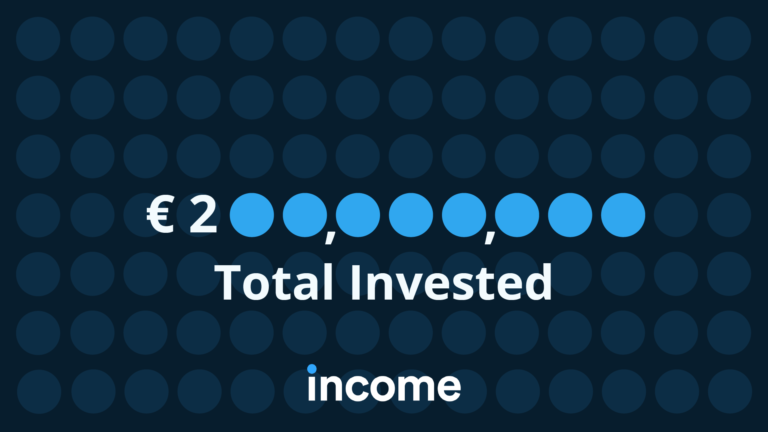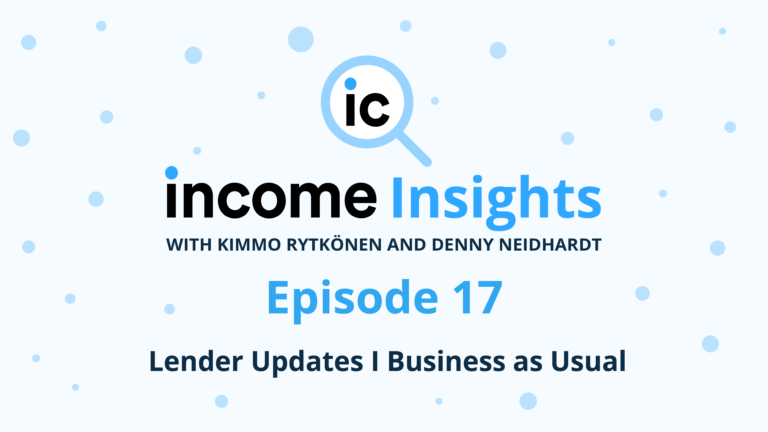Post summary:
- What is diversification?
- Why have a diversified portfolio of investments?
- How do you diversify?
You have most likely heard of the phrase, “don’t put all your eggs in one basket.” This is a promising strategy when deciding to invest. But why should you diversify your portfolio, and how should you do it?
What is diversification?
Diversification is an investment strategy whereby investors invest in different assets from several varying sectors. Spreading your investments across various asset classes and diversifying within those asset classes themselves creates a balance that mitigates your risk by not leaving you entirely exposed in case one investment or asset were to fail.
Mitigating your exposure to risk
Whenever you invest, you’re assuming a certain level of risk. You can sum up investments in two words: ‘risk’ and ‘reward.’
The greater the potential reward, the greater the risk. But this rule doesn’t always hold true in reverse order. Greater risk does not necessarily equate to the greater potential reward.
Sometimes greater risk offers little potential rewards.
Risk isn’t a bad thing. But you need to understand what kind of risks you are willing to take with your money and how to reduce unacceptable levels of risk.
Assets are volatile and don’t always guarantee returns. By adopting a diversified portfolio, investors can dilute the risk they’re exposing to themselves.
For example, in 2019, you would have likely invested in airline stocks as air travel was on the rise. It would have been considered as a ‘safe’ investment.
Little would you have known that in 2020, a health pandemic swept the world and grounded all aeroplanes – those airlines you invested in saw their stock plummet. You would have been exposed to a lot of risk as your investments fell.
However, if you had diversified your portfolio with an investment in pharmaceutical companies like Astra-Zeneca or Pfizer. Or some tech companies like Apple, Zoom, and Facebook, you would have compensated for the decrease of the airline share prices from an increase in share prices of these tech and pharmaceutical companies.
Because during the pandemic they boomed due to remote working and schooling and the need for new vaccines.
Do not over diversify
Some investors maintain that buying too many assets isn’t a good idea because every trade costs extra transaction fees and brokerage costs. High fees could potentially eat into your profits, especially if you’re beginning with a small amount.
Thankfully today, not all investing platforms charge investors fees to invest through their sites.
Another reason for not over diversifying is that if you divide €100k into 100 assets and one of them triples in value, it doesn’t affect your overall portfolio too much, especially if another asset were to plummet. Simply put, you are lowering your risk too much that your potential rewards also diminish.
How to diversify your portfolio?
There are three principal ways to diversify your portfolio and broaden your investment profile: asset class, sector, and geographic region. And when you diversify your investments, never risk money you can’t afford to lose, and set yourself a limit that you will not cross.
By asset class
There are various asset classes easily available for retail investors for diversification :
- stocks/shares
- ETFs
- cryptocurrencies
- alternative assets (art, wine, rare coins)
- bonds
- P2P loans
Within each asset class, investors must understand different risk/reward ratios before they decide to invest.
For example, cryptocurrencies are highly volatile, mimicking the highs and lows typically seen with currencies. Most invest in the most popular coins, Bitcoin and Ethereum. Still, altcoins offer far more volatility that can see significant gains and losses.
Bonds on the other hand, are less volatile so are inherently safer to invest in, but the potential rewards are lower.
P2P investing is more secure but offers medium returns than cryptocurrencies or bonds, so a combination of risk and reward is achieved, thus balancing out volatility.
By sector
Beyond the asset class, you can digress into different sectors or industries. For example:
- technology
- commodities
- property
- automotive
- healthcare
- luxury goods
- energy travel
Some sectors are more volatile, others more stable, whilst some have better growth potential.
Technology stocks have seen the most considerable growth in recent years, led by Google, Microsoft, Netflix, Facebook and Apple. But that doesn’t mean that in the next decade, these companies will be thriving.
Another sector that seems to thrive no matter what global or economic crisis is occurring is luxury goods. These companies like Louis Vuitton and Dior always appeal to high-net-worth individuals who can weather financial uncertainty.
Or, you can diversify your investments between different company sizes by assessing their market capitalisation. Investors can invest in smaller companies that can grow much larger whilst maintaining portfolio balance by investing in more prominent companies.
For those who can do their research, value stocks, where investors invest in company shares that appear to trade at a lower price relative to its fundamentals, like dividends, earnings, or sales, making it appealing to investors as their growth potential will be enormous.
By geographic area
Although we live in a globalised world, different regions and countries have varying levels of economic growth or foreign global corporations within them. Additionally, some countries have further financial setbacks compared to others and different fiscal policies.
Whilst some crises are global, like the 2008 banking meltdown or the COVID-19 pandemic, others are more localised. For example, the 2011 eurozone crisis didn’t impact the US stock market.
Therefore, it’s a robust strategy to diversify into an international portfolio. Investors can consider these three principal regions to invest in:
- Established markets of developed countries, where the economic situation is stabilised. These are generally less risky investments, like the US, UK and Eurozone markets.
- The emerging markets of developing countries are less stable and riskier but with substantial room for improvement and growth, like Brazil, India, China, Mexico, Saudi Arabia and Russia.
- Frontier markets of underdeveloped countries but indicate positive signs of growth. They are sometimes known as pre-emerging markets. Countries include Pakistan, Bahrain and Nigeria.
Before increasing investments in foreign regions, investors must learn the risks associated with currency exchange rates, which can chip away at your returns. Furthermore, ensure you monitor the political situation in each country, especially in the event of a government change.
Diversifying your diversified portfolio
A key component of your diversified portfolio should be the use of alternative investments and ensure that each asset is diversified as well.
For instance, if you invest in fine art, do not only invest in one piece. Use a platform where you can buy a share of artwork with others as an investor group. Thus you can invest in modern art or more traditional works – all taking advantage of art’s appreciative value over time and whether one artist’s work commands more of a seller’s fee.
The same with P2P and investing in loans.
When investing in P2P and loans you often hear diversification is the most important consideration, but this is only a second step.
First and foremost, you want to choose a platform that has sufficient measures in place to protect investors against defaults and is transparent about its operation. Investing is all about earning yield while protecting your hard earned capital. When investing in loans you hear that the best way to protect yourself is to diversify. This is only half of the truth. Blidnly diversifying between platforms and loan originators protects you against total loss, but he best risk/return can be achieved by combining diversifcation strategy with capital protection strategy,
Second, invest only in one or more platforms that qualify the first step to choose a mix of different loan originators rather than only one. Should the unlikely event that one loan originator’s loans default, others in your loan originator portfolio will ensure that you obtain up to 12% returns.
For example, Income Marketplace has capital protection measures in place and has many loan originator P2P investment opportunities consisting of
- personal loans,
- and other short-term loans.
And Income marketplace will soon be adding car loans and property loans to its investment opportunities.
Our successful investors have invested in all of these across their portfolios and many invest on several different P2P platforms for additional diversification.
Should one default, other investments can provide returns.
On Income marketplace, our focus is to protect your capital equally well whichever LO you choose, but diversification is still a good strategy when complemented with better security, thus not minimising the risk to your capital.
Diversifying your investments with plenty of growth
You now have the tools to build a diversified portfolio. The next skill to master is not to panic and manage your assets calmly.
History has demonstrated that when people invest for the long term, they will likely earn positive returns. Because when the market fluctuates, investors become nervous and become tempted to make financial decisions in response to their diversified portfolio.
In other words, it is not timing the market that matters, but more time in the market.
But investors who base their financial decisions on emotion often buy when the market is high and sell when prices are low. These investors ultimately have a more challenging time reaching their long-term financial goals.
Better to invest across a diversified portfolio and let your investments do the work for you.




